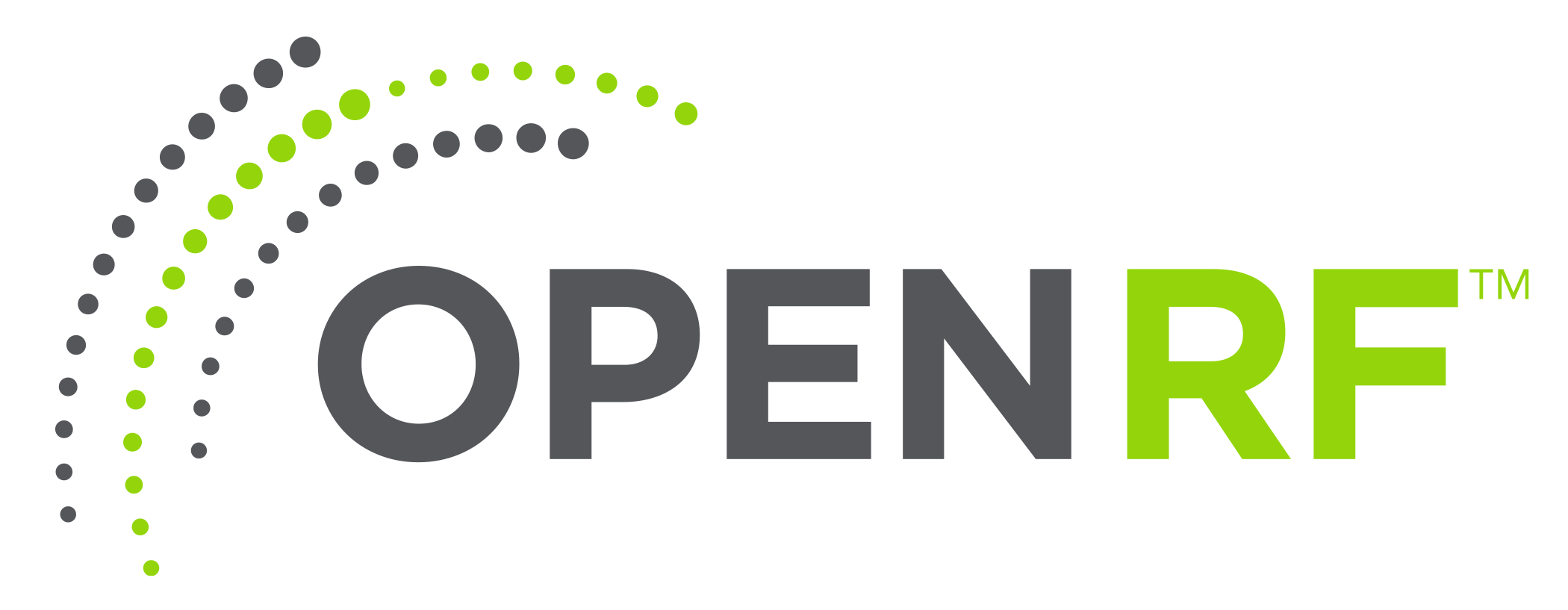By Open RF Association President Kevin Schoenrock
Just over one year ago, we established the Open RF Association to support 5G Original Equipment Manufacturers (OEMs) by creating an open and interoperable ecosystem between chipset and Radio Frequency Front End (RF front-end) vendors. OpenRF™ was formed to reduce the complexity and fragmentation of the 5G ecosystem and encourage collaboration between Radio Frequency Integrated Circuit (RFIC) and RF front-end vendors to support the ecosystem. Our goal was to meet the market’s growing demand for open interfaces, enabling RF front-end to scale across platforms.
Today, we’re proud to announce the release of the OpenRF Version 1.0.0 Specification. This is our first major specification release, and it provides a path for vendors to develop open, compliant RF front-end devices that interoperate seamlessly with 5G chipsets.
The OpenRF Version 1.0.0 Specification optimizes configurations, enabling interchangeable RF front-end to RFIC solutions. This improved supply chain across the breadth of consumer mobile products provides 5G wireless device OEMs with the maximum choice in RF front-end solutions, increasing innovation while lowering design risk, and leading to reduced time-to-market as more vendors are able to join the open ecosystem.
Version 1.0.0 Specification helps standardize several key functions to reduce complexity so that vendors can focus on the performance and KPIs that are important for innovation. Here are some of the key highlights:
- Open, interoperable, and optimized configurations enabling interchangeable RF front-end to RFIC solutions.
- OpenRF standardized register maps to establish a common language and register map configuration that will enable faster digital implementations and increased interface optimizations in future generations.
- An established hardware port naming convention.
- A hardware abstraction layer (HAL) architecture document and the initial implementation of the HAL framework with a programming guide.
Of course, the Version 1.0.0 Specification is only the beginning of our efforts. We still have a lot of good work ahead of us. The release of the specification opens the door to initial OpenRF products entering the market in late 2022, and we expect to see RF front-end components first, followed by the first RFICs leveraging some of the OpenRF requirements. We are excited to see the extent of innovation by companies building products based on the OpenRF standard.
Join OpenRF today and help shape the future of RF front-end / RFIC solutions
If you’re interested in contributing to the development of the OpenRF specification and the future of an open RF front-end ecosystem now is a perfect time and there are plenty of ways to get involved. OpenRF has five established working groups: Register Map, Software API, Hardware RF Front-End/RFIC, RF Power Management, and Compliance. Each working group has its own set of specific goals and tasks for each phased release to meet the overall organizational roadmap.
Joining the Open RF Association is easy and there are three different levels of membership: Strategic, General and Associate. Strategic members are part of the Board of Directors and can lead our working groups and receive voting rights and access to final specifications. General members can contribute to working groups and also get access to all the specifications. Associate Membership is meant for startups, industry-adjacent organizations, or public or government institutions that want to keep abreast of what’s going on in the industry. Visit the “Join” section of our website for additional details.
Visit our website for additional membership information and to download the membership application. You can also reach out to admin@members.openrf.com with any questions.
